From flatulent cows to vertical farms, Peter Ranscombe explores how food and drink producers are reducing our collective environmental impact.
Let’s talk about burps – or, more specifically, let’s talk about cows’ burps.
Few treats can match a steak or a roast cooked using Scotch beef, and when you add Scotch lamb, Orkney lamb, and Orkney beef into the mix we’re spoilt for choice when it comes to our culinary options in the north and north-east.
Yet, with Scotland’s net-zero climate change target looming in 2045, it’s becoming harder to ignore the environmental impact of our food.
Delicate subject
It’s a sensitive topic – suggestions from the UK Government’s behavioural insights unit that people should be “nudged” into eating less red meat were removed shortly after being published last year in a research paper by the Department for Business, Energy and Industrial Strategy.
A year earlier, a report by the Climate Change Committee – the independent body set up in 2008 to advise the Scottish and UK governments on global warming – recommended people reduce their beef, lamb, and dairy intake by 20% to hit net-zero targets, while recognising UK beef farm emissions are around half the global average.
Methane gas is the culprit – it’s around 25 times more potent than carbon dioxide when it comes to trapping heat in our atmosphere, leading to global warming.
About one-third of the methane emissions caused by humans come from our livestock.
The finger of blame here can be firmly pointed at beef and dairy cattle, which burp and fart methane as they munch their way through their feed.
Work is under way around the world to investigate if changing the microbes in cows’ guts by altering their feed may help to reduce the amount of methane burped out each day.
‘Magic’ additives not a long-term solution
Yet Lorna Smith, director of animal nutrition company Norvite, based in Insch, Aberdeenshire, sounded a note of caution on claims made about feed products that can reduce the amount of methane that cattle and other ruminants produce.
“Our technical team is among many searching for biological and technological solutions to the methane challenge,” she explained.
“From our perspective, ‘magic’ feed additives do not currently support much more than a small, short-term change in methane production under selected circumstances – generally a change that rebalances itself naturally.”
Mrs Smith added: “A lot of great work is being done by some amazing academics and highly-resourced global agri-tech companies, two of which – DSM and Cargill – we work with closely.
“We do currently have access to products that claim a methane reduction but the science is not convincing.
“So, while absolutely available to our customers, we are cautious about promoting these additives appropriately.”
Instead, Norvite is focused on its mantra of “feed better, feed less”.
Healthy eaters better for planet
Mrs Smith said: “A basic principle of good business and efficient management is to produce more from less – this is firmly on the farmers’ agenda and is also good for the planet, as less feed to digest means less gas produced.
“It has long been known that a healthy animal on a balanced diet has a reduced carbon footprint – so we focus on providing high-quality sustainable feedstuffs to farms.
“There are a lot of ways that we can improve livestock systems, such as by sourcing locally, and supporting on-farm production of feeds in the way Norvite has done for almost half a century – by using bespoke supplements to maximise home-grown cereals and forages.”
Those measures include squeezing locally-grown rapeseed at the company’s Norvite expeller oil seeds (Neos) plant to provide oil and meal as alternatives to soya and palm derivatives from overseas.
Solar panels that were recently installed on the plant’s roof by Forres-based AES Solar are expected to cut Neos’ carbon dioxide emissions by the equivalent of at least 44 tonnes every year.
Science and technology are also at the heart of efforts to tackle climate change through the Scottish Food and Drink Net Zero Challenge Fund.
Academic partnerships
In February, 17 projects were awarded £160,000 from the fund, which was set up by the industry-led Scotland Food & Drink Partnership, and Interface, the body that helps businesses to access academic expertise in Scottish universities and colleges.
Interface sector engagement manager Howell Davies said: “The projects are at various stages of research, reviewing scientific literature, and securing materials needed to test and analyse ideas.”
Several of the fund’s projects focus on turning waste into useful materials.
Aurora Sustainability Group, of Forres, and Aberdeen University are carrying out research to find out if spent barley grains from distilleries and breweries can be turned into a plant-based dairy product.
Mr Davies said the team had secured its first samples from whisky distilleries.
Other north-east companies that have received cash through the fund include seafood firm Sutherlands of Portsoy, which has also partnered with Aberdeen University.
Sutherlands is investigating whether materials made from food and drink industry waste can be used to smoke fish.
Further north, Highland Coast Hotels – which owns Kylesku Hotel, Newton Lodge in Unapool, the Royal Golf Hotel in Dornoch and the Royal Marine Hotel in Brora – and North Highland College, which is part of the University of the Highlands and Islands, will be turning seafood shells from the chain’s restaurants into fertiliser.
Vertical farms, which use special lights to grow vegetables inside towers, are featured in several of the schemes that received funding.
Vertical farming
Aberdeen-based Grown Agritech is working with Aberdeen University to install a vertical farm in the city through Opportunity North East, the organisation founded in 2015 by oil and gas industry veteran Sir Ian Wood to help diversify the region’s economy.
The project aims to gather carbon-footprint data for vertical farming and compare it with imported food.
Vertegrow, which was founded by Steadman Partners, the private investment office set up by beer giant BrewDog co-founder Martin Dickie, is working with Scotland’s Rural College to develop a vertical farming carbon calculator to guide decisions about the company’s operations.
Meanwhile, Robert Gordon University (RGU) has joined forces with Glasgow-based Kilimo IoT, which wants to use robots, sensors, and the “internet of things” (IoT) to help farmers grow crops indoors.
The IoT involves connecting equipment and machines so they can communicate online.
In a domestic setting, examples include fridges with sensors that can reorder milk if it’s running out, or central heating thermostats that can be controlled via smartphone apps.
Kilimo IoT and RGU are developing processes to gather data to reduce waste and improve its environmental sustainability.
Scottish vertical farming specialist Intelligent Growth Solutions (IGS) launched its first demonstration farm in 2018. Its crop research centre is based at the James Hutton Institute at Invergowrie. Last year at COP26, where it showcased its technology, it announced it had received a cash injection last of more than £42 million to fund its next stage of global growth.
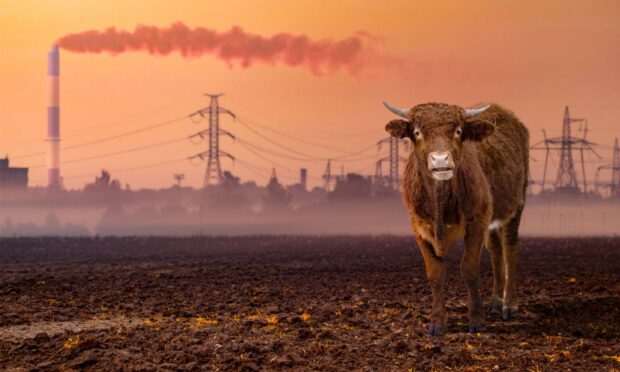
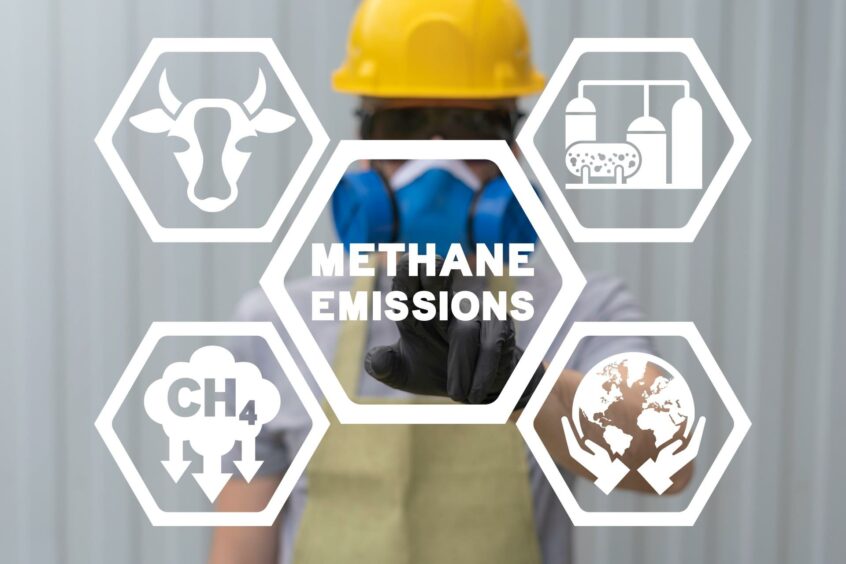
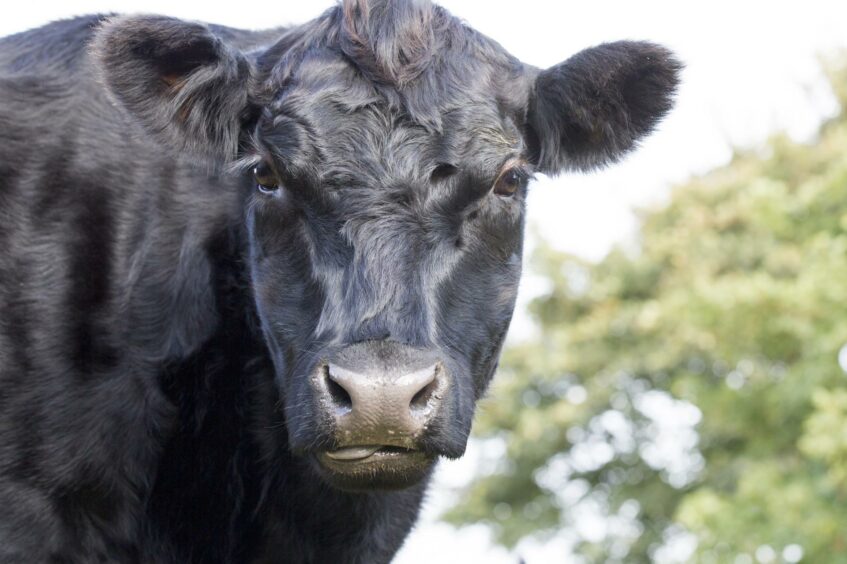
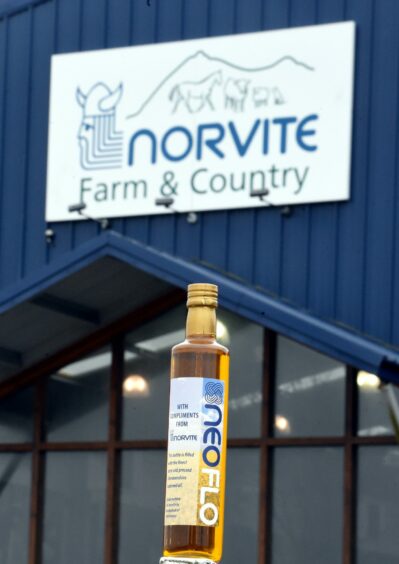
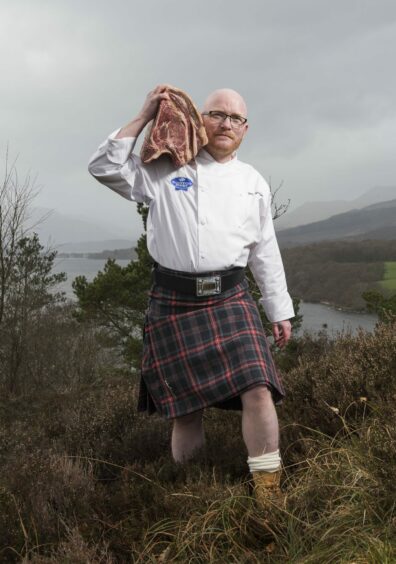
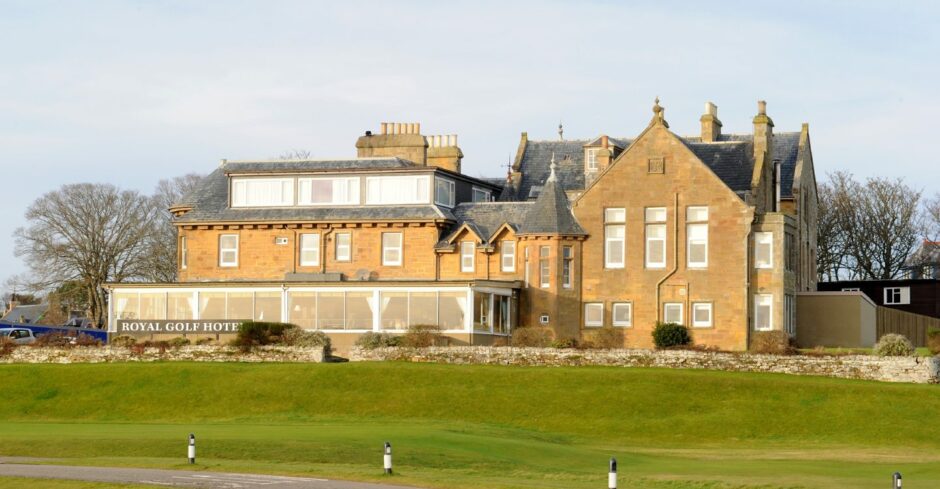
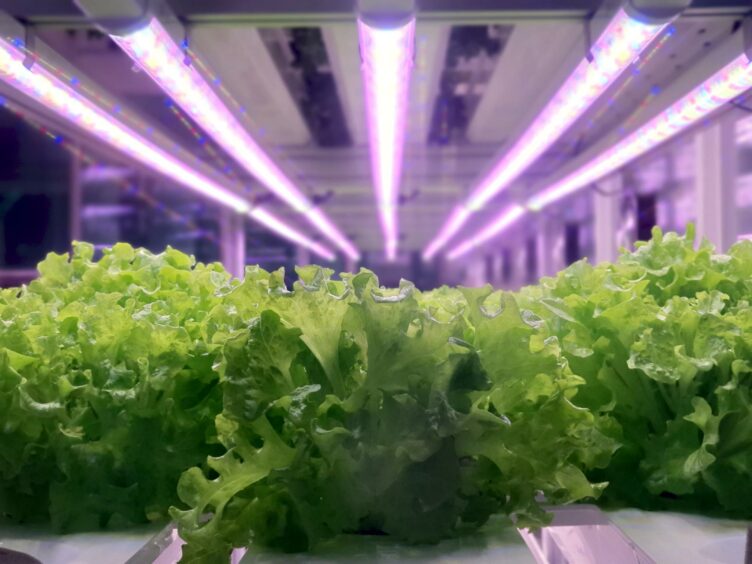










Conversation